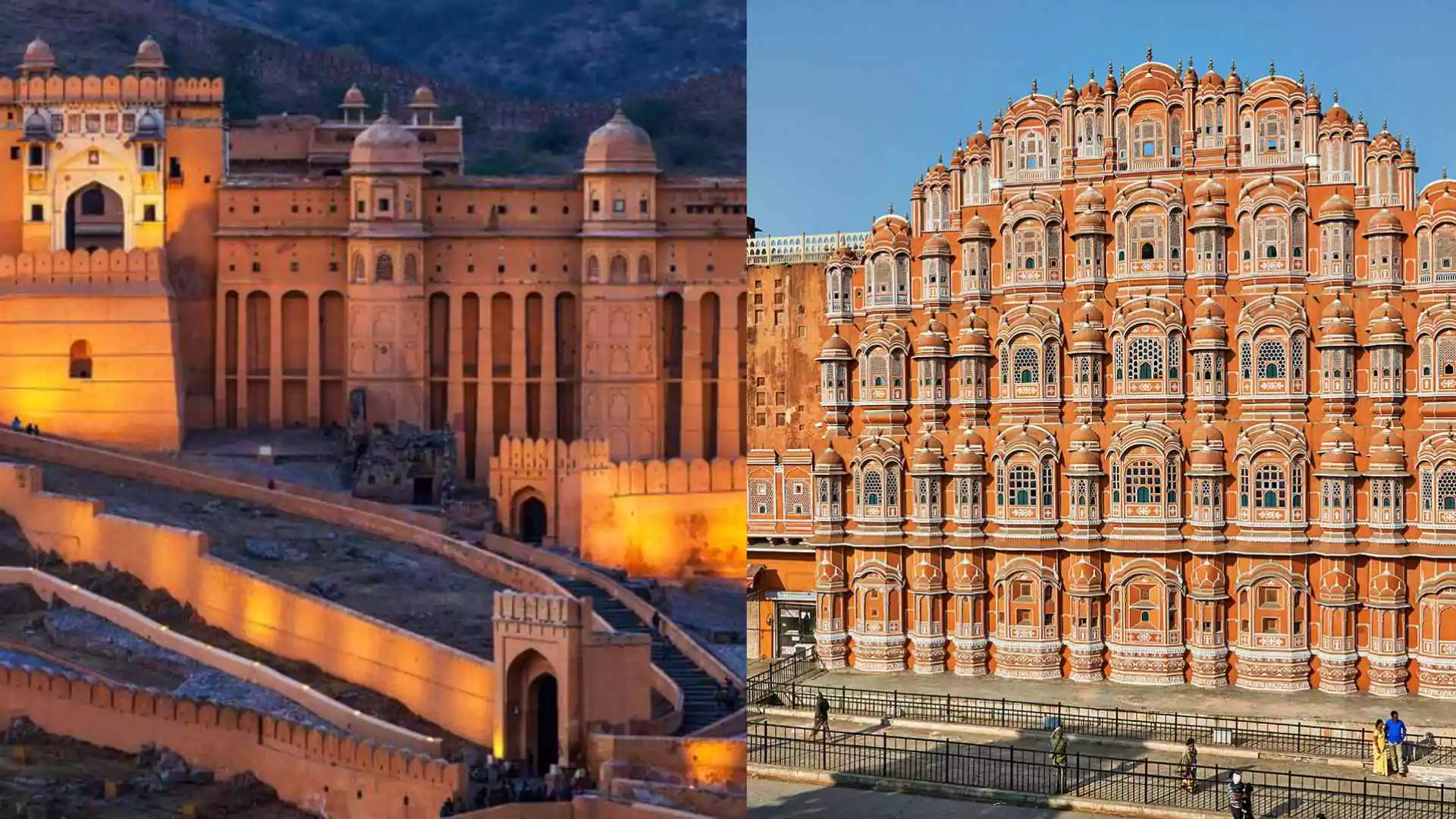Canadian Prime Minister Justin Trudeau has announced his intention to resign as the leader of the Liberal Party, citing internal challenges and declining public support. His decision, disclosed on Monday, comes amid growing unrest within his party and plummeting poll numbers.
Trudeau’s announcement follows speculation over his political future, fueled by public disagreements with former allies, an impending no-confidence motion, and dissatisfaction among Liberal MPs. Speaking from Rideau Cottage in Ottawa, Trudeau reflected on his tenure and the challenges ahead.
“Every day as prime minister, I have been inspired by the resilience and determination of Canadians,” Trudeau said. He added that stepping aside would allow the Liberal Party to present a fresh choice to voters in the next federal election.
Trudeau’s Legacy
Trudeau, 53, first rose to power in 2015, leading the Liberals to consecutive electoral victories in 2019 and 2021. As the eldest son of former Prime Minister Pierre Trudeau, he entered politics in 2008, representing a Montreal riding.
Over his tenure, Trudeau implemented significant reforms, including:
- Modernizing the Senate: By ending partisan appointments and introducing an independent selection process.
- Environmental Policy: Introducing a carbon tax to combat climate change.
- Trade Agreements: Signing a revised trade deal with the United States.
- Social Reforms: Legalizing cannabis, launching an inquiry into missing and murdered Indigenous women, and passing medically assisted suicide legislation.
Reflecting on his time in office, Trudeau remarked, “We’ve fought for the middle class, reduced taxes, and ensured the economy works for everyone, not just a few.”
Mounting Challenges
Trudeau’s leadership has faced increasing scrutiny in recent months. His government narrowly survived several no-confidence votes, and critics within the party began publicly calling for his resignation.
Adding to the challenges, Deputy Prime Minister Chrystia Freeland resigned in December, citing disagreements over economic policy and Trudeau’s handling of U.S. trade threats under President Donald Trump. Freeland’s departure marked a significant rift within the cabinet and intensified calls for Trudeau to step down.
Recent polls indicated that under Trudeau’s leadership, the Liberal Party faced potential defeat to the rival Conservatives in an upcoming federal election, adding further pressure for change.
Next Steps
Trudeau’s resignation will initiate a leadership race within the Liberal Party. He pledged to remain as prime minister until his successor is chosen through a “robust, nationwide, competitive process.”
The party faces a tight timeline, with federal elections expected before October 20. Delays in selecting a new leader could leave the Liberals in a precarious position, as no Canadian prime minister has ever led an election campaign without being chosen by party members.
Trudeau also requested a temporary suspension of Parliament until March 24, a move approved by Governor General Mary Simon. This pause is intended to give the Liberal Party time to prepare for the leadership transition.
A Turning Point for Canada
As Trudeau’s tenure nears its end, the Liberal Party must navigate a critical period of renewal. With internal divisions and external political challenges, the party’s ability to unify behind a new leader will be key to its success in the upcoming election.
Trudeau’s resignation marks the end of an era, leaving a legacy of transformative policies and political challenges that will shape Canada’s future.
Also Read: Donald Trump Appeals Hush Money Case Conviction, Seeks Delay In Sentencing





















